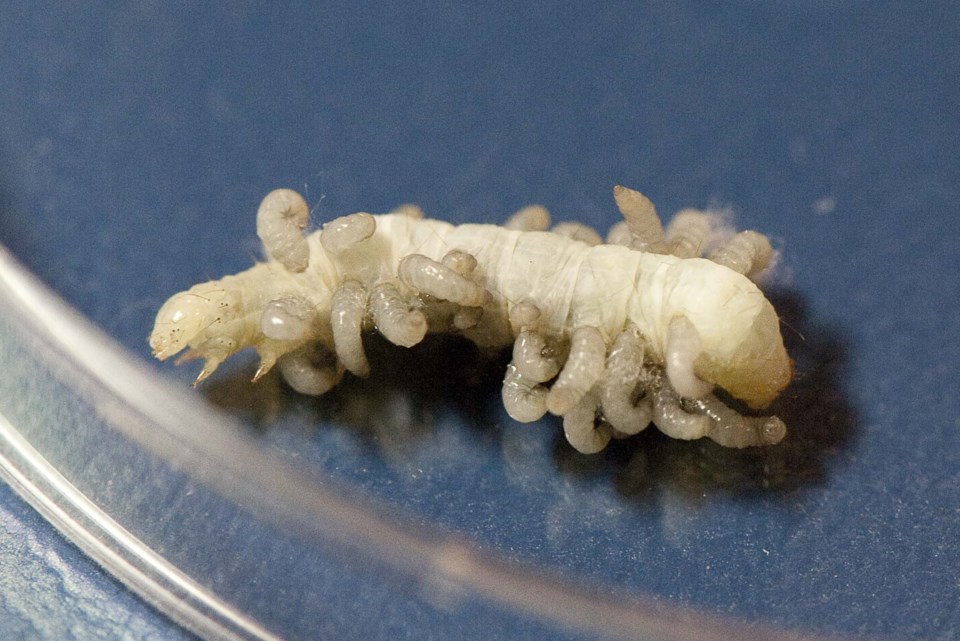Ward Middleton hasn’t sprayed insecticides on his farm near Morinville since 1998.
Despite that, the organic farmer says he has never had a pest problem outside of 2005 when Hurricane Katrina dropped a load of painted lady butterflies on his borage.
“The crop got stripped right down to the ground,” he said, and he had to use a roller to squish the caterpillars so they wouldn’t come back.
Middleton said he keeps his farm pests in check with the help of naturally occurring pest predators.
He and other Sturgeon County farmers can learn more about nature’s pest controllers through a free online talk April 9 on beneficial insects in horticulture. The talk is part of the Dig into Horticulture series presented by Sturgeon County, the counties of Leduc, Camrose, and Lac Ste. Anne, the Municipal District of Greenview and the Food Artisans of Camrose County.
Nature’s cops
Heading up the talk is Ken Fry, pest management instructor at Olds College.
Pest management isn’t just a matter of “see bug, kill bug,” as many bugs actually prey on pest species, Fry said.
“If we can encourage those kinds of animals to reside with our crops, we can exploit Mother Nature’s own police force.”
Fry said more than 99 per cent of all insects known are considered beneficial. Dragonflies eat flies, parasitoid wasps lay eggs in caterpillars, and ladybugs and ground beetles eat basically every pest around.
“If there’s a crop pest, there is a natural enemy destined to go after it,” Fry said.
Pest species become pests because we plant monocultures, Fry said. Pest insects typically lay thousands of eggs a year in the hopes that at least some of their offspring will find the food they need to survive. In a native grassland, which typically hosts 50-plus plant species per square metre, that doesn’t always happen, keeping pest numbers in check. In a monoculture, such as a canola field, certain bugs end up with a miles-wide buffet, sending their populations sky-high. Spray insecticides to kill these pests and you kill off their predators as well. As pests typically reproduce faster than predators, you end up with more pests the next year and have to expend more pesticide and fuel to control them.
While you could dump a box of ladybugs on your field and hope for the best, Fry said such tactics work better in greenhouses where your introduced predators can’t just fly off. Instead, he suggests creating “eco-barriers,” which are 15-metre-wide strips of native trees and shrubs, to host wild animals and predatory insects. You lose a bit of land for crops, but more than make up for it in reduced spraying costs.
Middleton said his farm has many shelterbelts with diverse species. He also works to expand natural areas around wetlands to host predators.
“We like it when we see all the way up to apex predators,” he said, including coyotes and owls, as those keep Richardson’s ground squirrels in check.
Fry said farmers can also try intercropping, which is where you plant one crop in between the rows of another to make it less of a monoculture.
Middleton said he practises intercropping with peas and canola. It results in lower yields for both, as he plants less of both crops, but also fewer pests. It also gives him a backup; if one of the two crops fails, the other can cover for it.
Fry’s talk runs from 7 p.m. to 8:30 p.m. April 9. Visit www.sturgeoncounty.ca/event/recognizing-and-supporting-beneficial-insects-in-horticulture for details.




